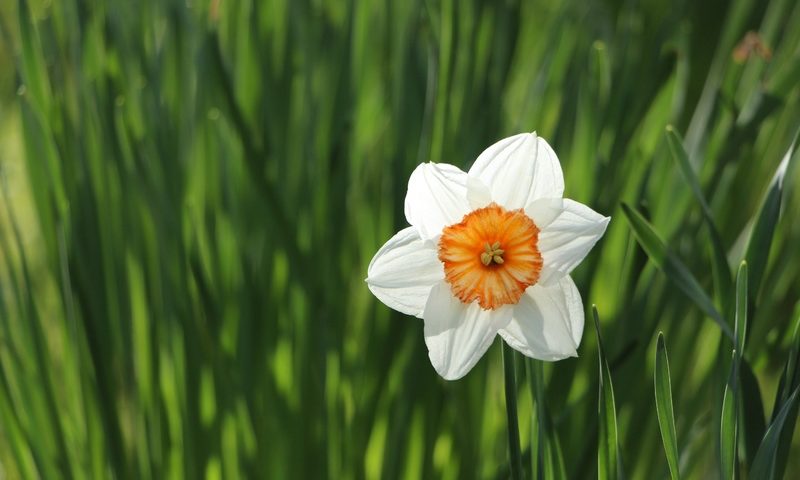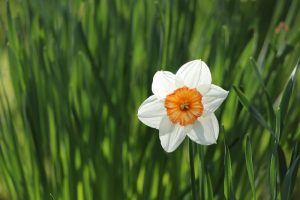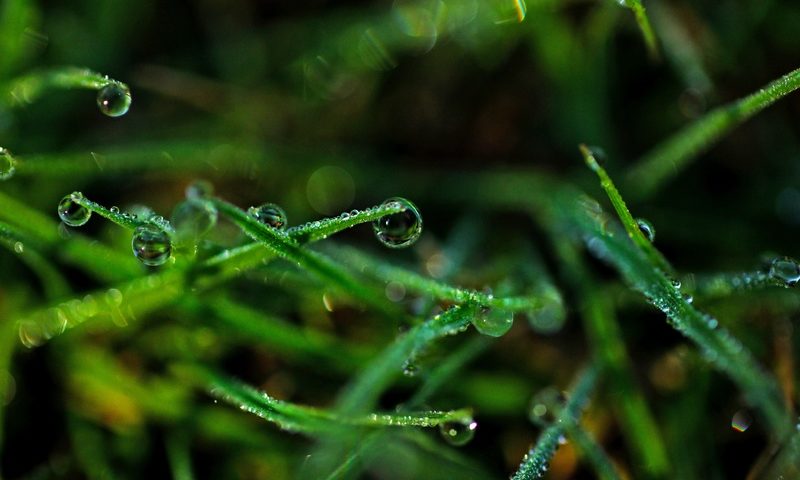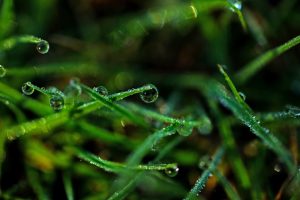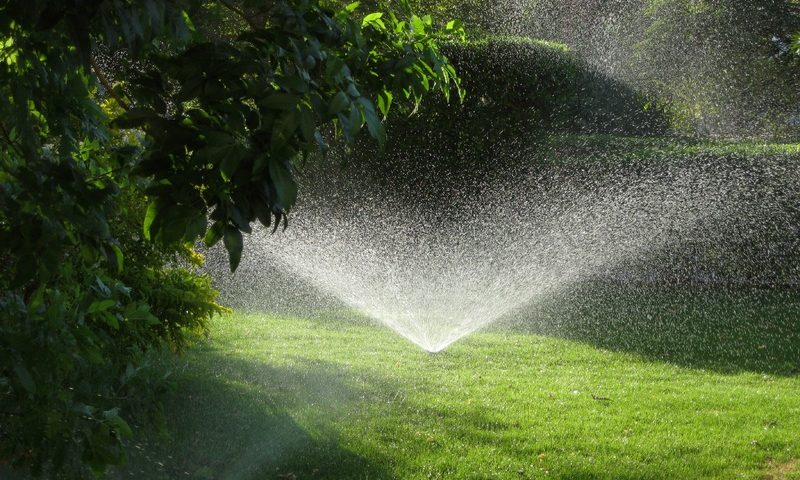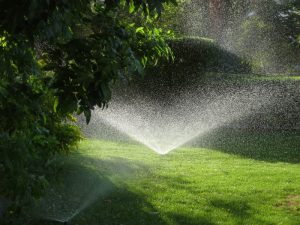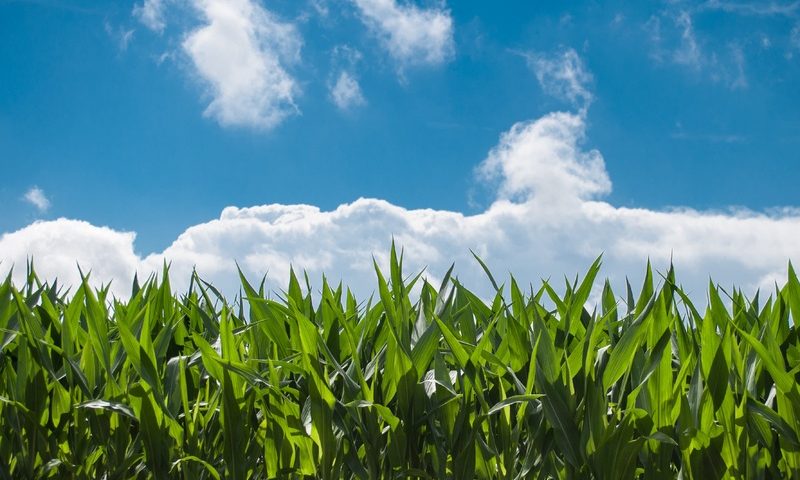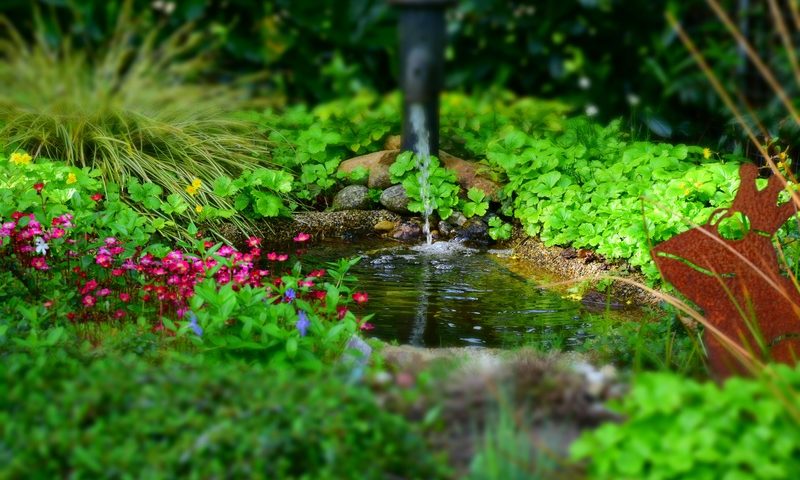Our cooler nights and earlier sunsets mean one thing: winter is getting closer to Olathe. Soon we’ll be bundling up in layers and switching from AC to heat. Before colder temperatures move in, there are specific things you can do to help prepare your Olathe lawn and your outdoor spaces and protect them from the elements.
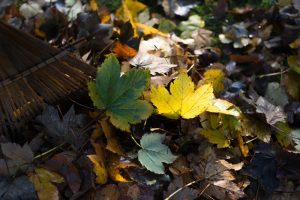 Prepare Your Olathe Lawn for Winter Weather
Prepare Your Olathe Lawn for Winter Weather
When it comes to your lawn and landscape, it’s important to remember that winter weather preparation comes down to two categories: preparation and preservation.
To prepare your lawn for coming cold and freezing temperatures, you should consider doing these things:
- Clean up: make sure your outdoor space is free of debris. Rake up any remaining fallen leaves, trim back dead foliage, and generally clean the space. This not only makes your space look nice. It also helps your lawn and landscape elements direct energy to appropriate growth. Fallen leaves might look innocent–and pretty–enough, but can actually smother your lawn if not removed. This doesn’t mean that they can’t serve other purposes, though. Fallen and collected leaves are a fantastic addition to a home compost pile. If you don’t compost, you might check to see if your community does. Some communities, like Olathe, have community gardens that accept compost material. Others have drop-off compost sites like this one. Be sure to check the specifics for each. For example, the community garden compost at the Sunset Administration Building in Olathe accepts some kitchen scraps while the drop-off yard compost site in Olathe accepts only lawn waste.
- Aerate: Core aeration is a way to prevent compacted soil, which can lead to an unhealthy and unsightly lawn. Our soil in Johnson County is particularly dense because of the amount of clay it holds. Aerating helps open up that soil so that the roots of grasses and other plants can grow appropriately.
- Overseed the lawn: Fall is the ideal time to overseed your lawn, particularly with tall fescue and bluegrass. But it’s not as easy as just tossing handfuls of seeds onto your lawn and walking away. You should use proper verticutting and aeration techniques, fertilize properly, and plant the right ratio of seeds to soil.
If this all sounds confusing, we can help you prepare your lawn and plant the grasses you want. Just give us a call!
How to Preserve Your Lawn Over the Winter
- Leave your grass shorter for the winter. Think of it as a nice haircut before hibernation sets in. Cutting it shorter than you would in warmer months help keep it pest-free (mice and other pests look for anything that will offer warmth as the temps drop) and keep it as healthy as possible.
- You can also fertilize your lawn in the Fall. If you’ve not yet tested your soil to see which fertilizer is best for your lawn, you can do that as well. Getting the right mix of fertilizer elements is key to properly nourishing the soil and the grass seed you will plant.
One final tip: when it does get icy, try to not walk on your lawn if at all possible. Scott’s says that even the strongest lawns can become weak if walked on too much.
We’re ready to help you transition from summer to winter! Keep track of what we’re up to on Facebook or send us a note to get started.


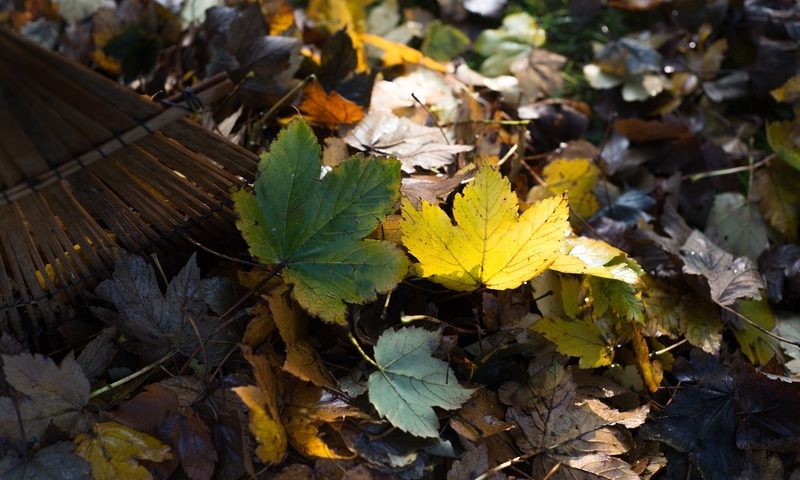
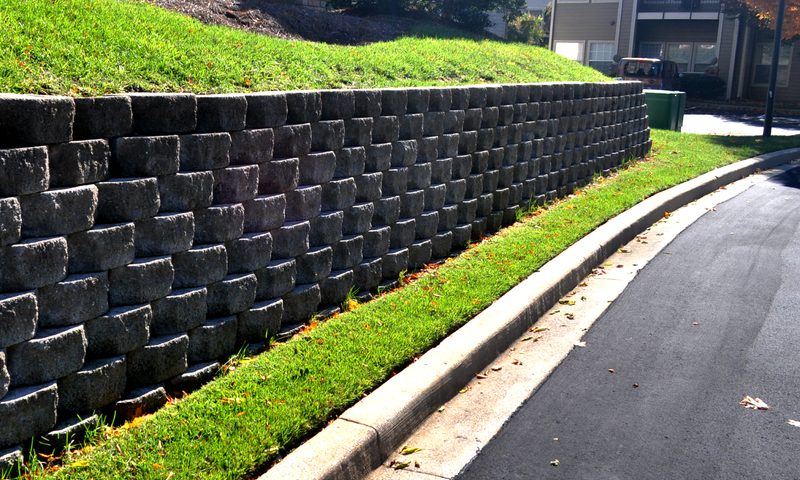
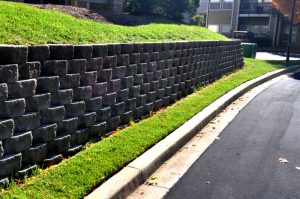
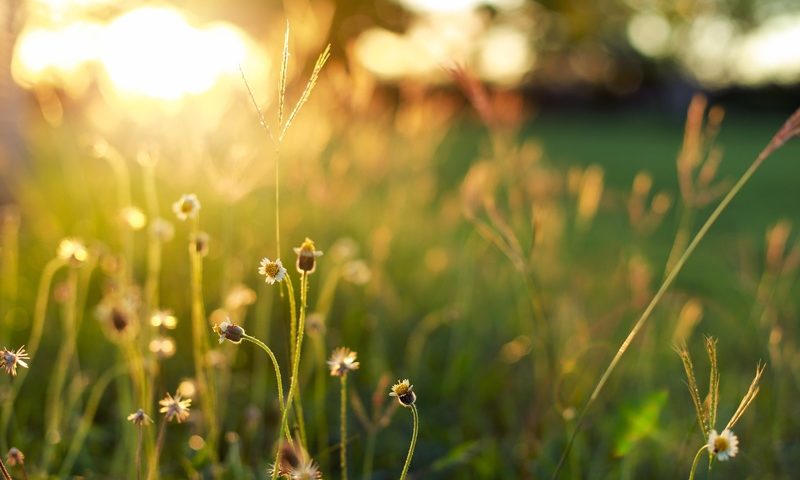
 The high temperatures of summer bring unique challenges to lawns and landscaping in the Olathe and general Johnson County area. How do you know if you’re doing everything you can to ensure that your yard and your outdoor spaces are healthy and look as good as possible?
The high temperatures of summer bring unique challenges to lawns and landscaping in the Olathe and general Johnson County area. How do you know if you’re doing everything you can to ensure that your yard and your outdoor spaces are healthy and look as good as possible?